The words Santoku and Nakiri both refer to Japanese blades, but they each serve different purposes. To put it simply, Santokus are ideal for cutting meat, fish, or vegetables—anything that requires slicing or dicing. Meanwhile, Nakiri are especially good at chopping up ingredients—ideal for cutting vegetables into chunky pieces.
According to Japanese cooking traditions, the Nakiri knife and the Santoku knife are both excellent choices when it comes to preparing vegetables. However, their uses aren’t identical, so knowing what to look for when choosing between them can help you decide which one makes the most sense for your needs.
Read on to learn more about the differences between these two types of knives and how they can work together as part of your chef’s knife collection.
Use links below for easy navigation
Nakiri Knife, Advantages and Limitations
Santoku Knives, Advantages and Limitations
Differences between Nakiri vs Santoku Knives
Final Thoughts
Nakiri Knife, Advantages and Limitations:

Nakiri knives were developed in Japan by A Master Swordsmith in the 17th Century. According to history, he used a common folding knife for all his daily chores like cutting vegetables and fruits, but he wished for a knife that would serve him better. Thus, he designed a straight edge knife with squared tips that would give him an easier time while cutting vegetables and fruits.
He named this design Nakiri (Japanese: 野菜カッター, “Veggie cutter”), and this type of knife has been used in Japan ever since. Master Swordsmith died during the Meiji Restoration in 1866. He inspired many craftsmen to follow his path to develop nakiri knives that are best suited for their daily use.
Nakiri means “leaf cutter” in Japanese and refers to the working of the blade. A nakiri knife is typically used by chefs who chop vegetables, fruits and other ingredients for cooking. It has a straight edge with squared tips that helps in chopping vegetables. Also, the straight edge allows the user to get better control over the knife when cutting fresh fruits, and vegetables.
The length of the blade is measured in ‘inches’ and usually ranges between 5″ to 7″.
Advantages:
Similar to Chinese cleaver but lighter in weight and easier to use as compared to Chinese cleaver.
Nakiri knives are notable for their precise cuts.
Excellent choice for up and down chopping.
Not very expensive as compared to santoku knives.
These Knives are efficient and thin.
Nakiri knives are sturdy.
Limitations:
Not great for cutting thick slices of meat.
Not great for cutting frozen items.
Only useful for cutting vegetables or fruits.
Santoku Knives, Advantages and Limitations:

A Nakiri or vegetable knife is often confused with a santoku. A santoku (三徳), which literally means “three virtues”, is an all-purpose kitchen knife originating in Japan, designed for slicing, dicing, and chopping vegetables, fish, and meat.
It has a full flat ground blade with a curve on the spine like a sheep’s foot. Santoku knife comes in many different lengths, from 6 inches to 8 inches. The length of the blade depends upon your personal choice and your cooking requirements. If you want to use the Santoku knife for chopping and slicing then you may prefer a shorter length but you can also try longer models if you want to use it for carving meats or fish.
Check out our article on Santoku vs Gyuto Knife
Advantages:
It is a versatile chef’s knife that is utilized by many professionals in the field of cooking, home kitchen, and restaurants.
Santoku knives are stable.
These knives are perfect to slice thin pieces of meat.
Always gives precise cuts.
Top chefs recommend using it for vegetables.
Have dimples to reduce friction.
Limitations:
Requires proper storing
Quick washing after use.
Dishwasher is unsafe.
May chip on thicker items.
Differences between Nakiri vs Santoku Knives:
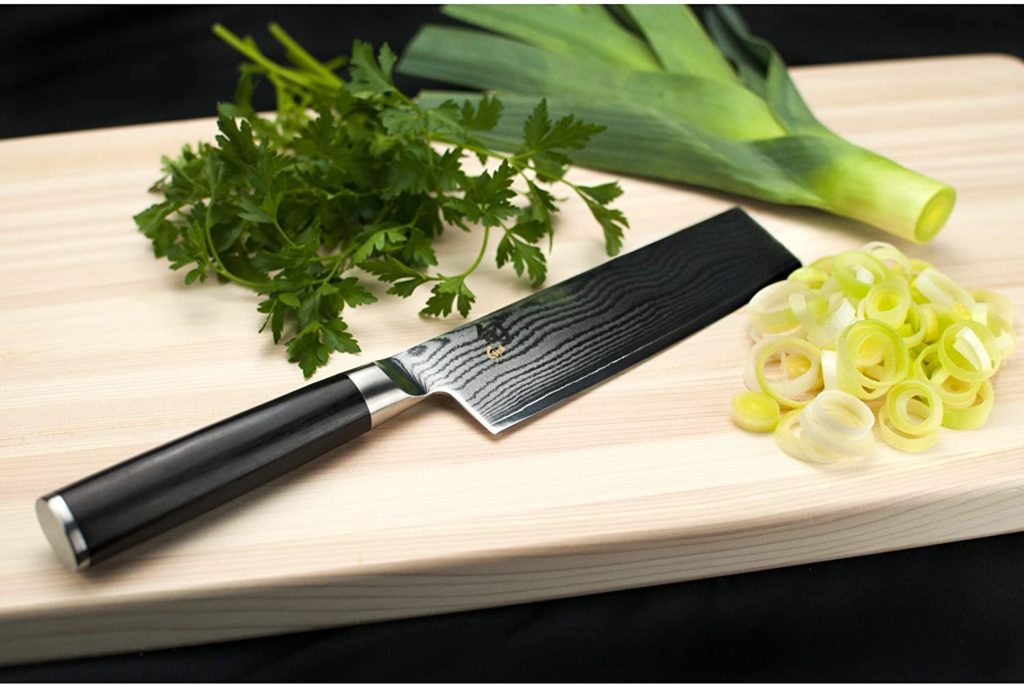
There are several key differences between these two types of Japanese knives. Let’s break them down so you can choose which is best for your kitchen.
Check out our article on Japanese vs German Knives
Blade:
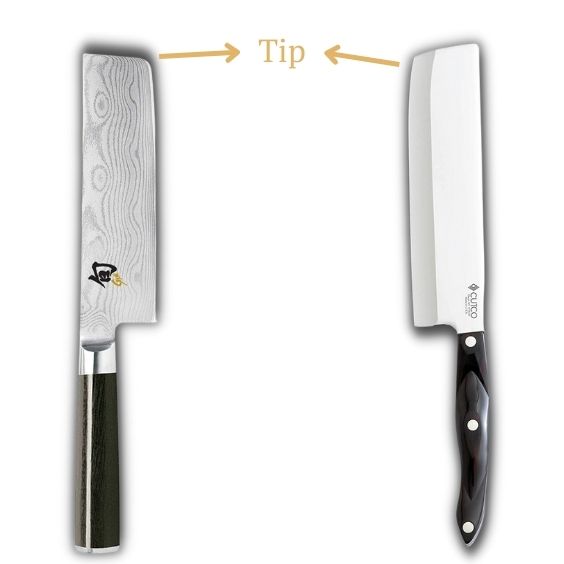
Nakiri knives have a straight, squared edge (best for cutting and chopping) and Santoku knives then have a straight edge with a rounded tip (great for slicing and dicing).
If you’re looking for a knife that can cut through almost anything, then the Nakiri is the one for you. This traditional Japanese knife has a straight edge and squared tip, which makes it great for chopping and cutting through tough foods.
If you’re looking for something with a little more precision, then the Santoku is the perfect choice. A Santoku has a straight edge with a rounded tip, making it perfect for slicing and dicing delicate foods like fish or vegetables.
Length:
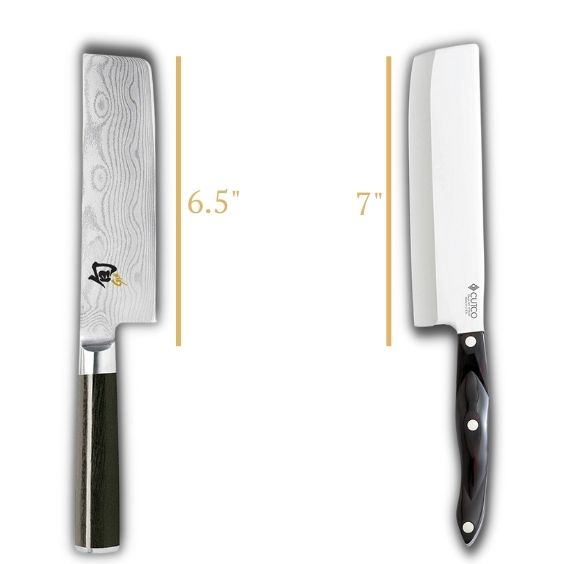
Nakiri and Santoku knives have different lengths. Nakiri knives have 5-7 inch lengths that are great for chopping vegetables fast. Santoku knives, on the other hand, have 6-8 inch lengths that are ideal for slicing, dicing, fish, and meat.
Sharpness of Blade:
Nakiri knives have a sharpness of 28 to 34 degrees while Santoku knives have 20 to 30 degrees.
The difference between the two is their angle, which you can usually find on the knife’s blade. The sharper the angle, the more durable your knife will be and the easier it will be to cut through ingredients like meat or potatoes.
Edge Grind:
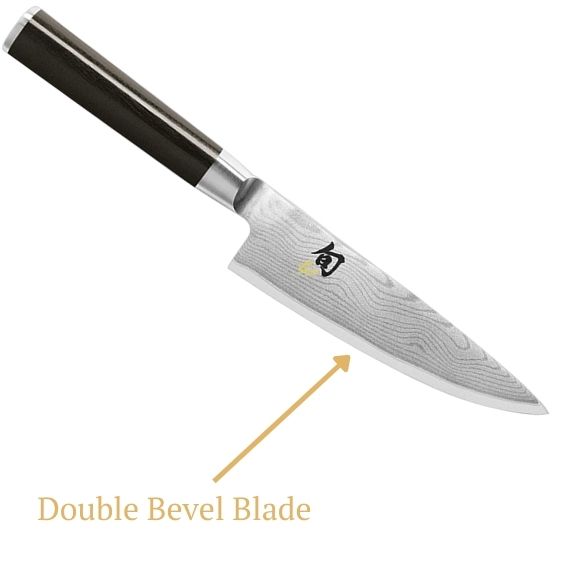
Nakiri knives are double bevels for precise cuttings. The nakiri knife is mostly used to slice vegetables and meats, but it can also be used to mince herbs and make fish filets.
Whereas Santoku knives are mostly single or double bevel. They are usually smaller than nakiri knives and therefore more practical to use in a small kitchen setting.
Weight:
Santoku knives weigh around 5.5 – 8 oz. on average. While Nakiri knives weigh around 5 – 7 oz.
Nakiri knives weigh less than Santoku knives and are lighter for easy chopping and slicing of vegetables and fruits.
Santoku knives are heavier than Nakiri knives. The weight of the knife comes from the blade, which is thicker in a Santoku knife than it is in a Nakiri knife.
The weight of a knife can affect how comfortable you feel while using it. If your knife is too heavy, you might find that you tire quickly while preparing food with it.
Cutting Action:
Nakiri has strong cutting action which cuts the vegetables and fruits in slicing action. Nakiri knives have a very sharp edge that can be used to slice and dice vegetables, fruits and meat. The Nakiri knife is also known as the all-purpose knife because it’s so versatile. It can be used to chop vegetables in a slicing motion on a cutting board.
On the other hand, Santoku knife has a rocking, straight up and down cutting action which slices the vegetables, fish, and meat perfectly. Santoku knives are designed primarily for cutting vegetables, but they can also be used for meat and fish. The santoku knife has a very narrow blade that makes it easy to cut thin slices of food. Santoku knives generally have a long blade with a pointed tip, which gives them an advantage over traditional chef’s knives because they’re easier to use when slicing through foods like carrots and cucumbers
Price:
Santoku knives cost about an average of $40-100. Whereas, Nakiri costs around $30-50 on average.
Check out our article on Santoku vs Chef Knife
Final Thoughts on Nakiri vs Santoku:
When you’re choosing your knife, think about the way you plan to use it. If you plan to chop vegetables, for example, a Nakiri knife is ideal. It has a straight edge with squared tips that helps in chopping vegetables. However, if you’re looking for a knife that can chop vegetables and herbs, and even slice fish and meat, then a Santoku knife is perfect.
Can Nakiri knife cut chicken?
Yes, a nakiri knife can cut through chicken. It’s the perfect knife for cutting vegetables, so it should be able to handle your chicken!
What is a Santoku knife best for?
A santoku is best used for mincing, slicing and dicing. It’s a general-purpose knife that can be used in almost any kitchen situation, so if you don’t have a specific need for a different type of knife—and if you’re looking for one all-purpose tool—a santoku is a great choice!
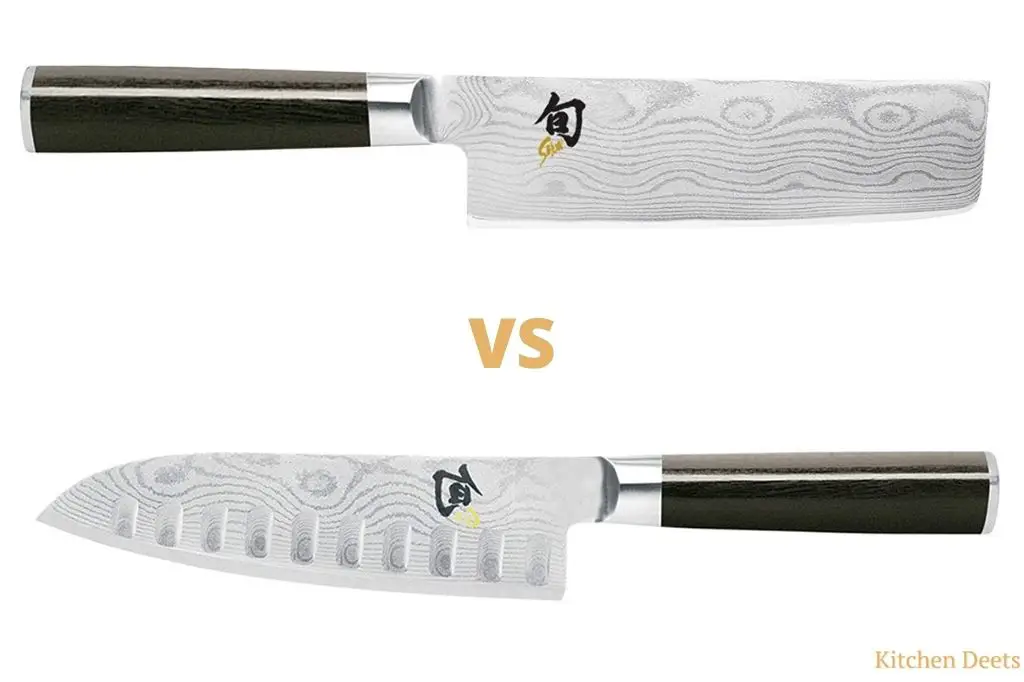
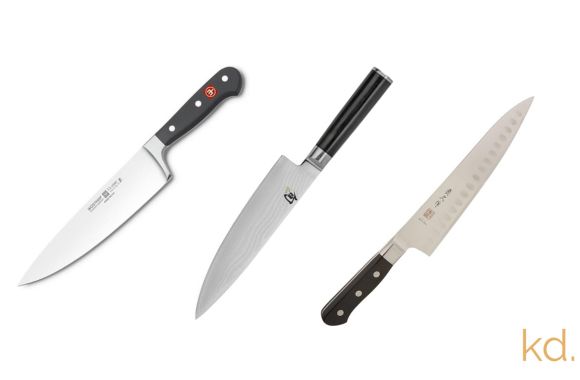

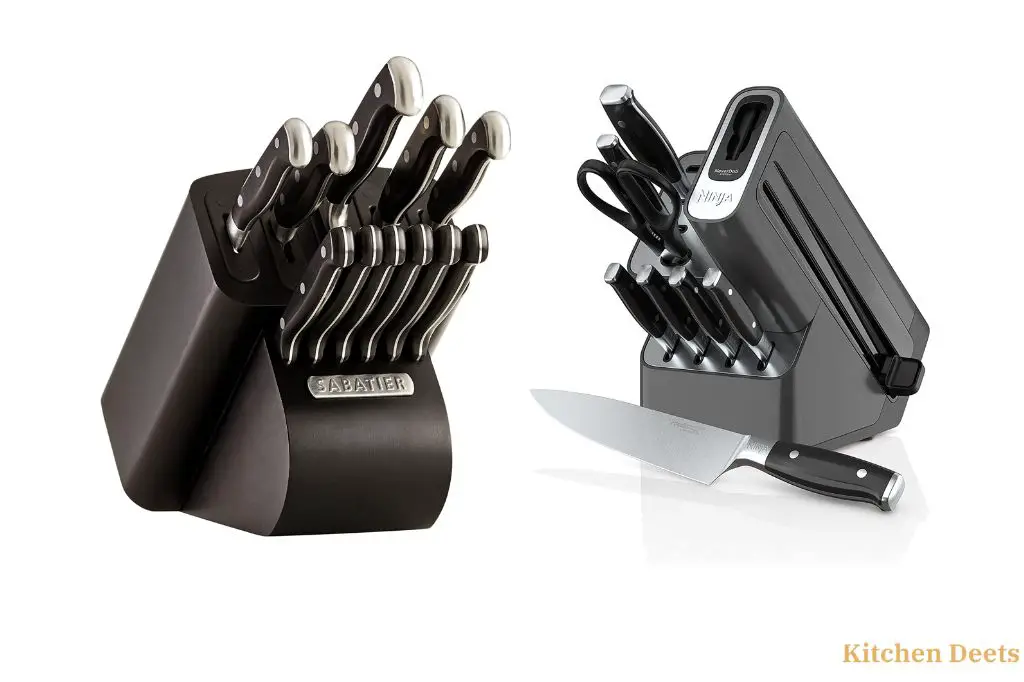
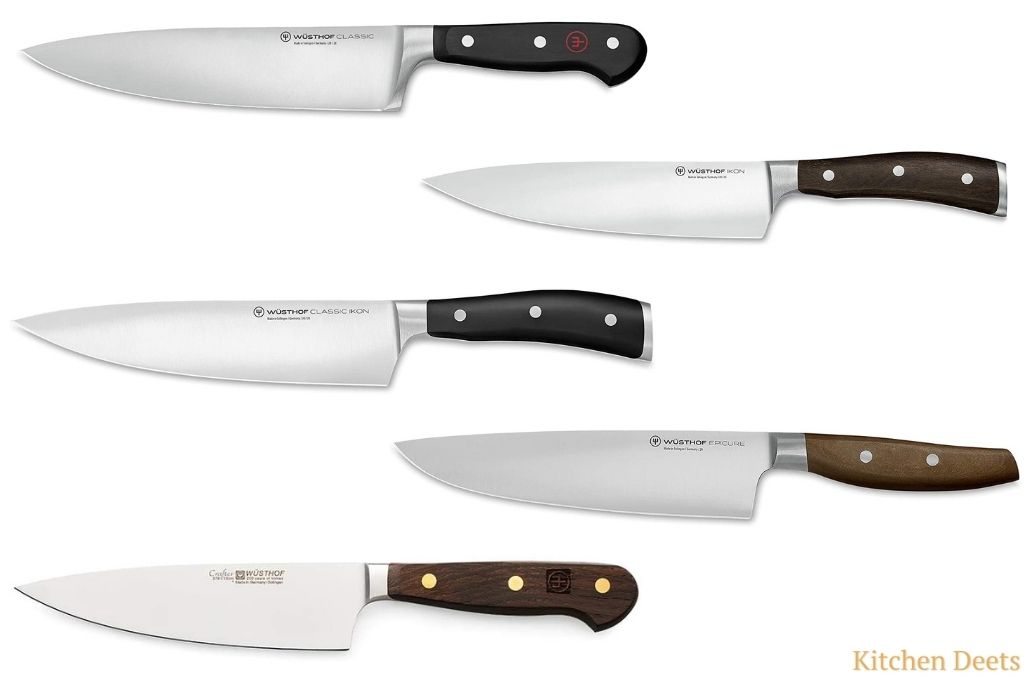
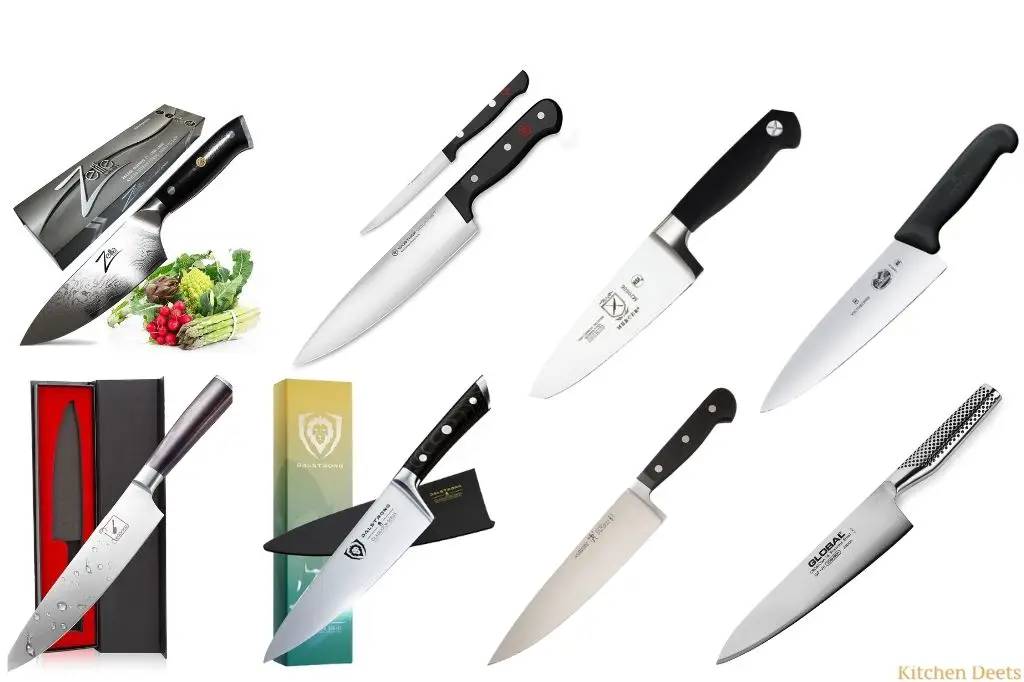
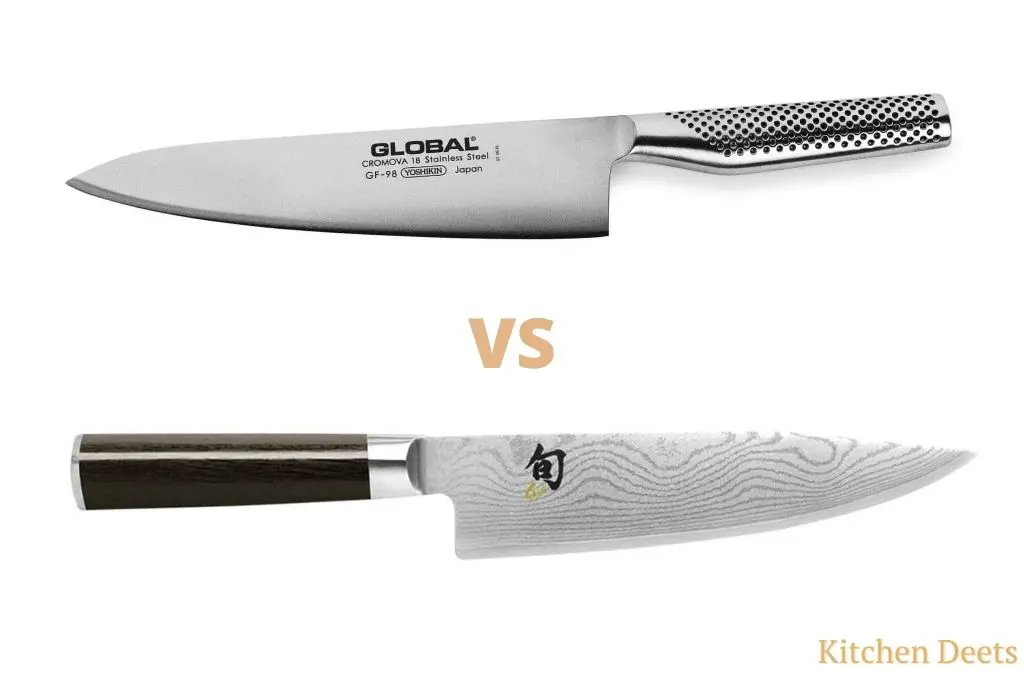
Great comparison! I really appreciated the breakdown of the differences between Nakiri and Santoku knives. The insights on their advantages and limitations will definitely help me choose the right one for my kitchen. Thanks for the detailed explanation!